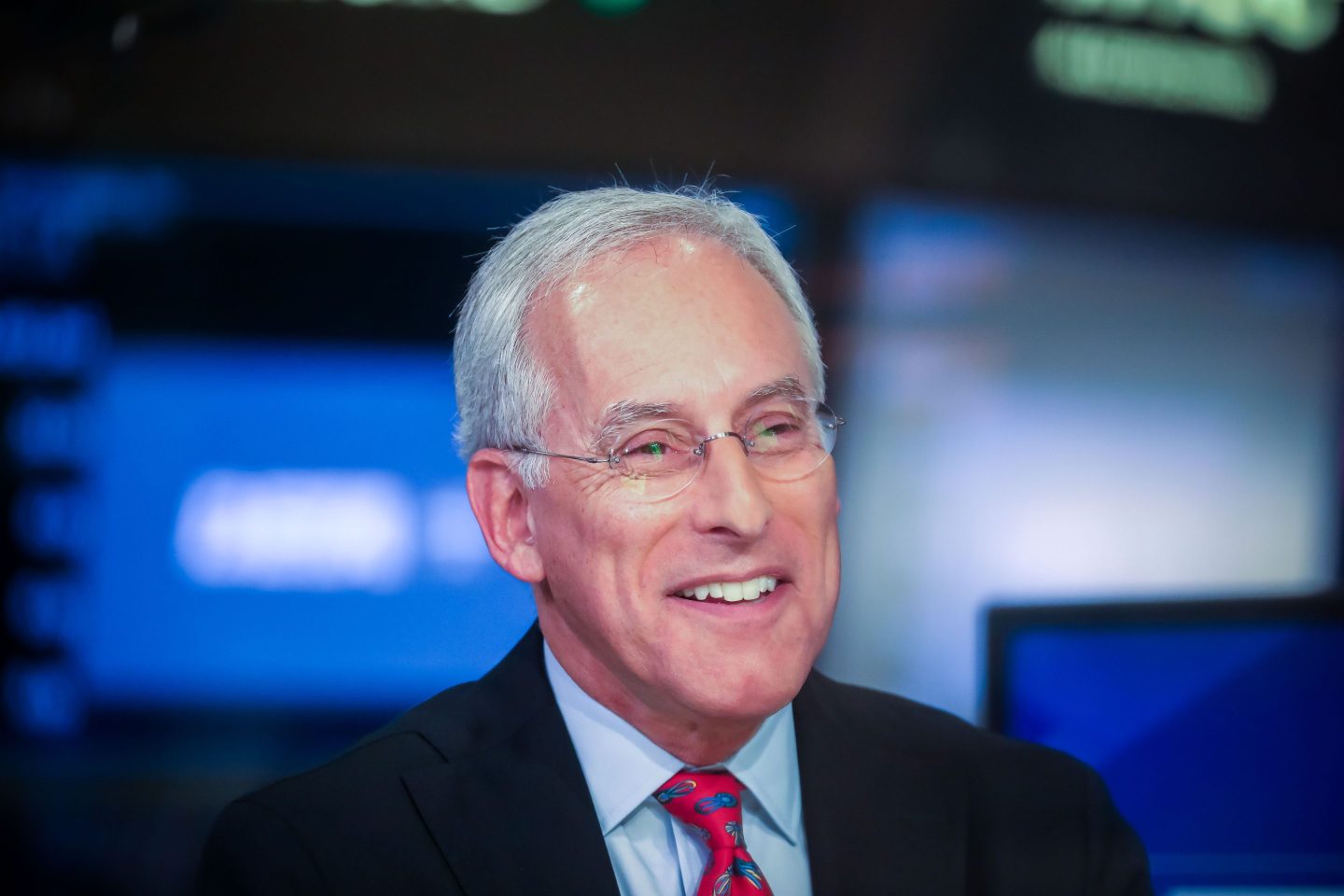This is the web version of Business x Design, a newsletter on the power of design. Sign up here to get it in your inbox.
When McKinsey’s global managing director Kevin Sneader talks to colleagues and clients about getting back to business after the pandemic he outlines five “horizons”:
- Resolve – making sure your workforce, customers and business partners are OK
- Resilience – coping with cash management and other immediate challenges
- Return – creating a detailed plan to return to business
- Reimagination – adapting your long-term business model to the post-coronavirus new normal
- Reform – figuring out how our collective experience with the virus will change the regulatory environment
In the U.S., where gyms, bars, hair salons, shopping malls, beaches, and parks are reopening (albeit with some restrictions and trepidation), most businesses are still negotiating the “Return” stage. Here in Asia, where I’m based, businesses in most of the major economies have fast-forwarded into “Reimagination.”
I’ve noted often in this space that there are all kinds of ways designers can add value to businesses in both horizons (see here and here). But, clearly, “Reimagining” is the phase in which designers will find their biggest “wicked problems.”
Sneader highlights one of the biggest of all in a recent webinar: the decline of cash. “Are we going to want to go back to paying for everything with cash when we’ve just had this contactless payment boost right around the world?” he asks. “I don’t think so. Probably physical cash has seen its best days.”
Some of that boost comes from the widespread fear that physical currency passed from person to person could be a vector for the coronavirus. The World Health Organization has stressed the importance of hand-washing after handling cash. Some central banks have been using heat or ultraviolet light to sterilize money.
In February, the People’s Bank of China began to take banknotes out of circulation in Wuhan, sterilizing some and destroying others. The U.S. Federal Reserve has been holding U.S. dollars returning from Europe and Asia in quarantine.
But it’s not just the public perception that money is dirty; it’s also the growing recognition among policymakers that, compared to digital payment solutions, physical currency is expensive to produce, distribute, count, and store, and hard for governments to track.
Moreover, the economic crisis has made it clearer than ever that a centralized digital currency would enable governments to provide stimulus payments far faster and more accurately to struggling businesses and consumers than the current system of putting checks in the post.
Euromoney last week published a detailed report on how the pandemic has accelerated discussion within the European Union about creating an integrated central bank digital currency. In the U.S. a coalition of finance experts, tech titans (including Facebook CEO Mark Zuckerberg), and cryptocurrency developers have advocated the creation of some kind of digital dollar.
But, as CoinDesk’s Mike Casey recently pointed out in Fortune, “China is winning the digital currency battle by a long shot.”
China hasn’t announced an official timetable for launching its digital currency, but the South China Morning Post reports that trials are set to begin this month in the four cities of Shenzhen, Suzhou, Chengdu and the Xiongnan zone near Beijing. The SCMP quotes Xu Yuan, a senior researcher with Peking University’s Digital Finance Research Centre as saying: “Looking back years later, the two defining historic events of 2020 would be the coronavirus pandemic and the other would be China’s digital currency.”
Former U.S. Treasury Secretary Henry Paulson, writing in Foreign Affairs last week, dismissed fears Chinese fintech dominance will jeopardize the dollar’s status as the global currency. But he acknowledges that the uptake in digital payment services in China has been “phenomenal.”
The demise of cash will have enormous implications for businesses the world over—and create equally outsized opportunities for designers who understand finance, technology, and customer experience.
More design news below!
Clay Chandler
-clay.chandler@fortune.com
NEWS BY DESIGN
Design directory
The Design Vanguard has launched a COVID-19 Design Directory documenting the design community's response to the pandemic. Already brimming with documents, the directory is open to submission from the public.
Room service
U.K. architecture firm The Manser Practice presents its vision for how hotels will function once lockdowns lift. CEO Jonathan Manser believes the Airbnb model will be shunned as guests seek the assurance of “properly maintained, clean space.”
New possible
McKinsey launched a new series of reports last week based on 150 hours of research conducted by a collective of designers interviewing over 100 individuals across eight countries. The goal is to illuminate how society has and will change as it emerges from the COVID chrysalis.
New purpose
The team at Fjord have shared their insights on how businesses can get back to work post-pandemic, too—or, as Fjord has it, in the era of “never normal.”
New kit
Stanford University’s d.school launched an online starter kit to help educators introduce design thinking to students, colleagues, or anyone else. The kit is designed to be used through Zoom and is free.
Remember the pandemic
Museums are curating artifacts to memorialize the experience of the pandemic. Not just artworks, but testimonies and mementos, too. A 6-year-old’s diary entry was the first COVID curio entered to the Autrey Museum of the American West.
Do not reply
Twitter is trialing a new feature that allows users to choose who can reply to their tweets. Critics say the silencing feature could allow misinformation to go unchecked; proponents might question what good a Twitter war is, anyway. One practical use of the feature, however: Twitter-based interviews, that read as a long thread of back-and-forth replies.
EVENTS BY DESIGN
May, delayed: The Venice Biennial has postponed both its architecture and its art editions by a year. The Architecture Biennial, scheduled originally for this month, will now be in May 2020. The art biennial will be in April 2022, rather than 2021.
June: The month-long London Festival of Architecture is running a stripped back event online this year, with the core public program moved to (hopefully) later this year. The San Francisco Design Week, which starts June 16, has gone digital too. Also, London Fashion Week: Men’s would have walked June 12-14. Instead, it will sit online.
July: Christie’s is planning a semi-virtual auction for July 10. The “first of its kind” event will livestream auctions from four cities—Hong Kong, New York, Paris and London.
Ongoing: Virtual Design Festival, a collaborative effort from Dezeen, Dutch Design Week and Design Indaba continues to exhibit work from a global roster of designers.
QUOTED BY DESIGN
"We are living in the fourth industrial revolution [but] what’s so different about this fourth industrial revolution is it’s a revolution of both people and technology."
Says John Maeda in his latest CX Report (CX being both customer and computational experience.) Maeda posits that the pandemic has driven us further into the ether of the fourth industrial revolution, which is cloud-based. To survive in the future job market, employees will need to become fluent in the language of technology. Employers, however, will have to recognize that employees can't evolve as quickly as tech.











